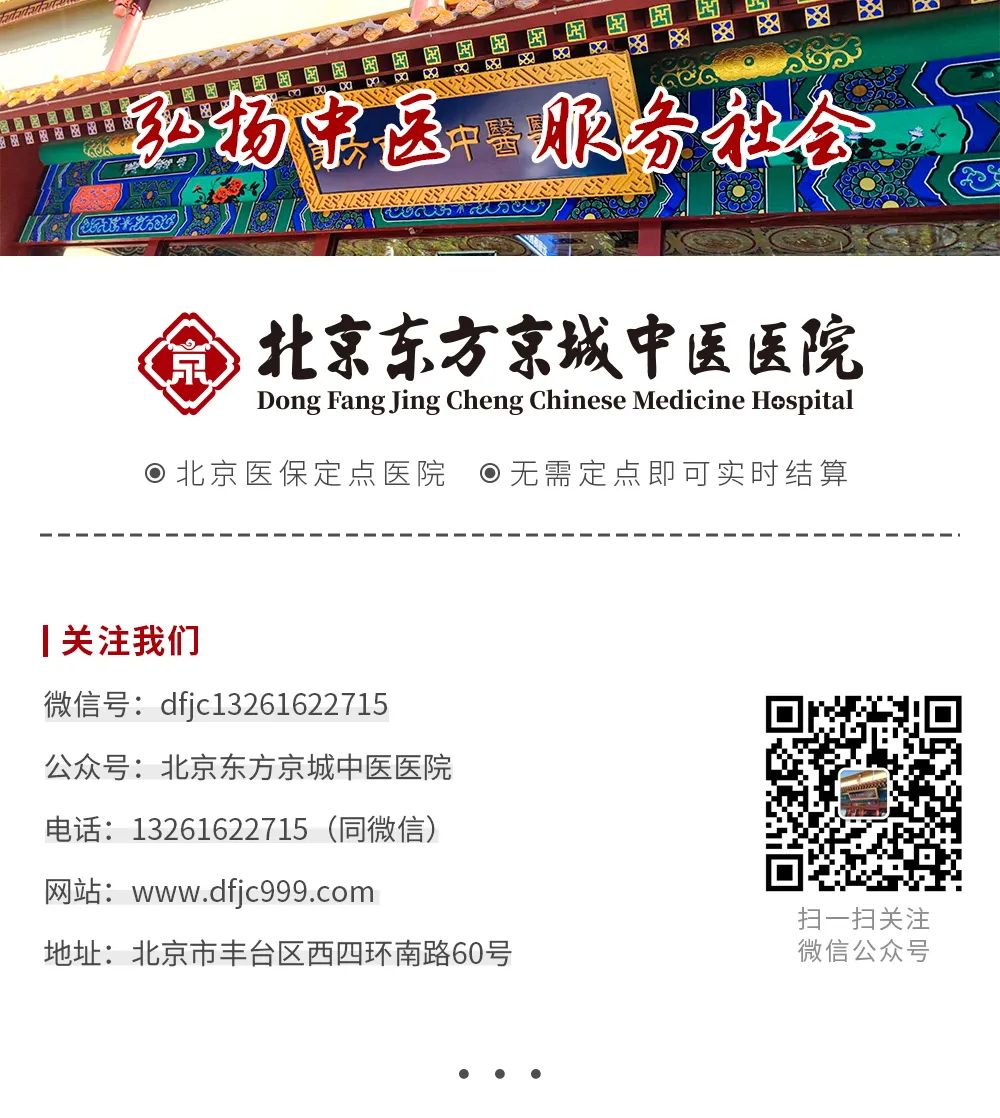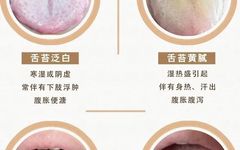Traditional Chinese Medicine (TCM) emphasizes the importance of syndrome differentiation and treatment. Different body constitutions require different health maintenance methods. TCM categorizes body constitutions into nine types. Do you know which type you are? Do you know the best dietary therapy to adjust your constitution? Let’s take a look in the mirror and identify your body constitution!
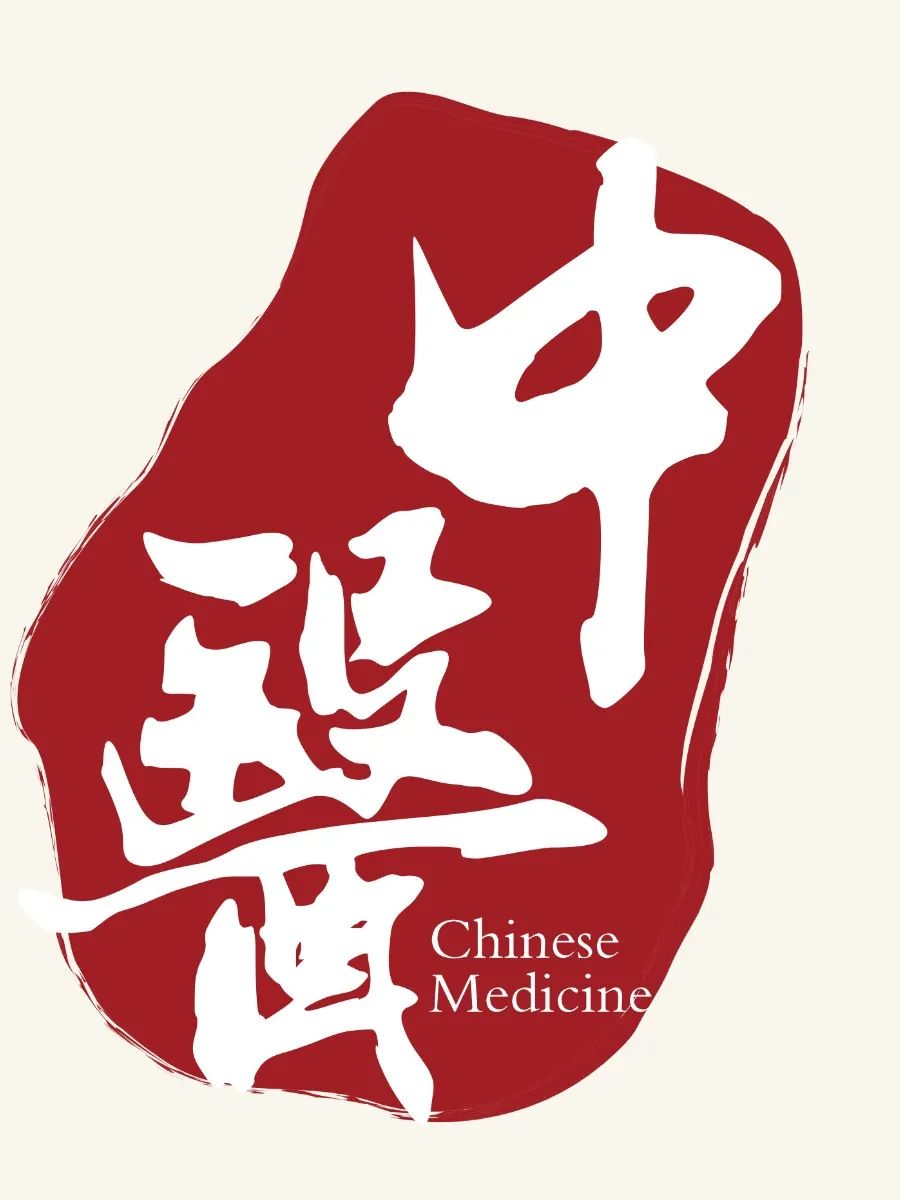
What is Body Constitution?
Body constitution refers to the relatively stable individual characteristics formed during the life process through the interaction of innate endowment and acquired influences, which help individuals adapt to natural and social environments.

Nine Types of Body Constitution
According to the standards issued by the Chinese Association of Traditional Chinese Medicine on March 26, 2009, the most authoritative classification of basic body constitutions in TCM is divided into nine types, including one balanced constitution and eight imbalanced constitutions.
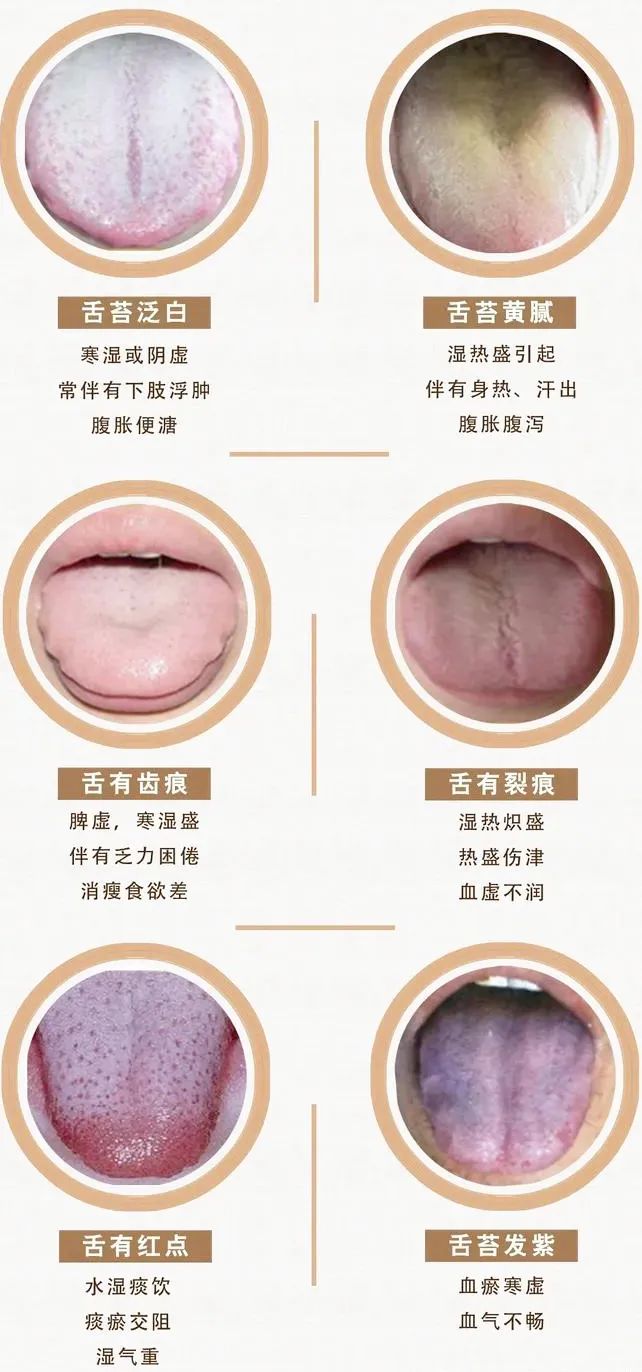
1. Balanced Constitution: Characterized by a gentle temperament, calm demeanor, and kind speech.
2. Qi Stagnation Constitution: Often manifests as irritability, anger, and a tall, slender physique.
3. Blood Stasis Constitution: Accompanied by localized pain, dull complexion, and menstrual blood clots in women.
4. Yang Deficiency Constitution: Characterized by cold intolerance and pale complexion.
5. Yin Deficiency Constitution: Manifests as hot palms and soles, and flushed cheeks.
6. Qi Deficiency Constitution: Often presents as fatigue and lack of energy.
7. Blood Deficiency Constitution: Commonly shows as pale or sallow complexion and mental fatigue.
8. Phlegm-Damp Constitution: Characterized by nodules, cough with phlegm, and obesity.
9. Special Constitution: Often presents as a weak constitution prone to allergies.

Identifying Body Constitution through Tongue Coating
01 Balanced Constitution
Tongue Coating Symptoms: Light red tongue with thin white coating.
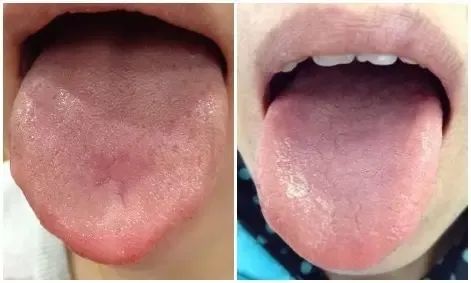
Comment: A clean and beautiful tongue coating indicates good health.
02 Qi Deficiency Constitution
Tongue Coating Symptoms: Light red tongue, enlarged tongue body, and tooth marks on the edges.
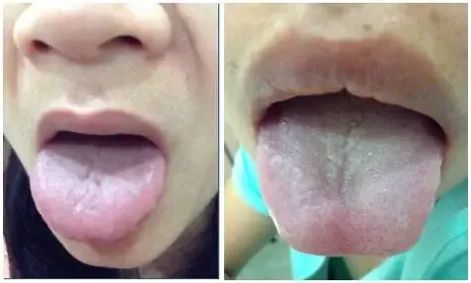
Comment: Compared to the balanced constitution, the tongue coating of Qi deficiency is much paler, and the tongue body is enlarged. Such individuals often feel short of breath, fatigued, and are prone to colds.
03 Yang Deficiency Constitution
Tongue Coating Symptoms: Pale tongue, enlarged tongue body, tooth marks on the edges, and moist tongue coating.
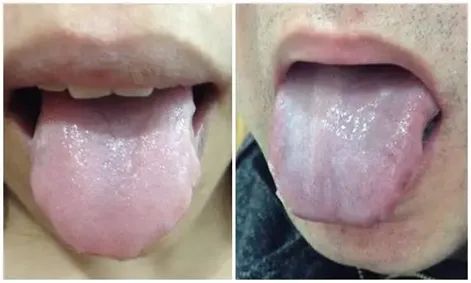
Comment: This tongue coating appears moist, indicating cold dampness. Many people mistakenly think this is a damp-heat constitution; simply consuming coix and red beans to dispel dampness and promote urination may not be effective.
04 Yin Deficiency Constitution
Tongue Coating Symptoms: Red tongue, little moisture, and scant coating.
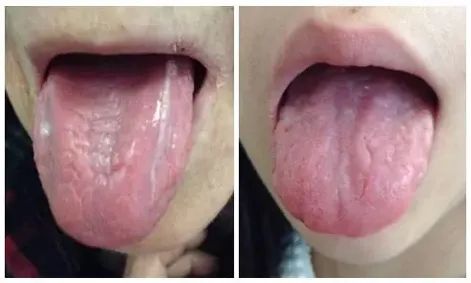
Comment: Absolute Yin deficiency is rare among patients; often, it is combined with Qi and Yin deficiency. If one only consumes Yin-nourishing herbs for a long time, it may harm the digestive system. It is best to seek expert guidance for adjustment.
05 Phlegm-Damp Constitution
Tongue Coating Symptoms: Enlarged tongue body with white greasy coating.
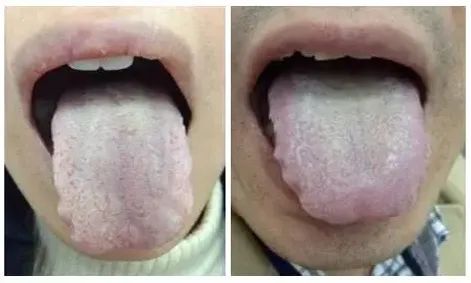
Comment: Phlegm-damp constitution can be divided into deficient and heat types. Generally, older individuals with phlegm-damp constitution tend to be more deficient.
If this tongue coating is accompanied by frequent dry mouth, bitter taste, constipation, and high energy, it is more likely to be phlegm-damp heat; if the complexion is dull, the person is overweight, sweats profusely, and has loose stools, it is more likely to be phlegm-damp deficiency.
06 Damp-Heat Constitution
Tongue Coating Symptoms: Red tongue with yellow greasy coating.
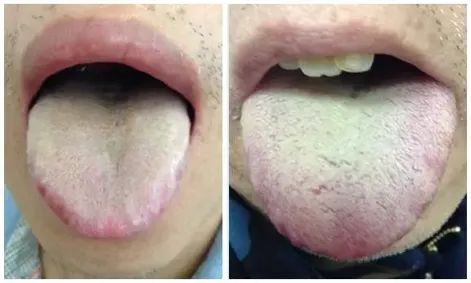
Comment: Damp-heat constitution is now relatively rare. Those who work outdoors, such as street cleaners and vegetable farmers, are more likely to have this constitution, while office workers are less likely to experience it.
07 Blood Stasis Constitution
Tongue Coating Symptoms: Dark or purple lips, dark tongue with spots, and varicose veins under the tongue.

Comment: Long-term consumption of cold drinks or older individuals are more likely to have blood stasis constitution.
Younger people should not think that blood stasis constitution is exclusive to the elderly; those who frequently consume cold drinks, stay up late, or suffer from insomnia are also prone to blood stasis due to cold. This constitution should be adjusted by a doctor; otherwise, it may lead to serious diseases over time.
08 Qi Stagnation Constitution
Tongue Coating Symptoms: Light red or dark tongue, thin white or slightly dry greasy coating.
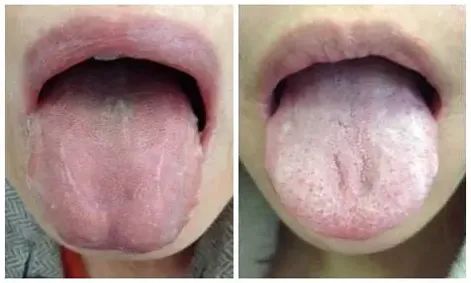
Comment: If a young woman has this tongue coating, she may experience breast discomfort, dysmenorrhea, headaches, and emotional sensitivity.
09 Special Constitution
Tongue Coating Symptoms: Various forms, including deep cracks and geographic tongue.
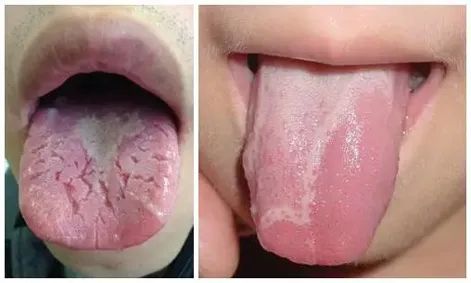
Comment: Individuals with this constitution are often prone to allergies. Some may develop this tongue coating after a serious illness or prolonged use of Western medicine.

Dietary Therapy for the Nine Body Constitutions
01 Balanced Constitution – Maintain Balance
Recommended Food: Ginger; ginger is a dispersing food that can help harmonize the exterior and interior. It is recommended to drink a cup of red date ginger tea every morning.
02 Qi Deficiency Constitution – Tonify Qi and Strengthen the Spleen
Recommended Food: Sweet Potato; sweet potatoes are rich in vitamins and can help tonify Qi. The best way to consume them is steamed, and you can add variations like cheese-baked sweet potatoes.
03 Yang Deficiency Constitution – Warm and Tonify Qi and Blood
Recommended Food: Lamb; lamb is rich in protein and is believed in TCM to tonify the kidneys and warm the interior. Those with Yang deficiency can drink lamb and tofu soup once a week.
04 Yin Deficiency Constitution – Nourish Kidney Yin
Recommended Food: Soft-Shelled Turtle; soft-shelled turtle can tonify Yang and nourish Yin deficiency. You can make goji berry and soft-shelled turtle soup and drink it twice a month.
05 Blood Stasis Constitution – Invigorate Blood and Resolve Stasis
Recommended Food: Hawthorn; hawthorn aids digestion and invigorates blood. You can frequently eat snacks made from hawthorn, such as hawthorn and pear shreds.
06 Phlegm-Damp Constitution – Balance Spleen and Stomach
Recommended Food: White Radish; white radish can clear heat, generate fluids, and cool the blood. Those with phlegm-damp constitution can frequently make radish pancakes as a staple food.
07 Damp-Heat Constitution – Eliminate Damp-Heat
Recommended Food: Coix; as stated in the “Compendium of Materia Medica”: “Coix strengthens the spleen, benefits the stomach, clears heat, and dispels dampness.” Those with damp-heat constitution can make coix and sesame soup and drink it every night before bed.
08 Qi Stagnation Constitution – Revitalize and Unblock Qi
Recommended Food: Donkey Meat; as noted in the “Compendium of Materia Medica”: “Donkey meat relieves irritability and stops wind madness!” It is an excellent choice for improving Qi stagnation constitution, and you can eat fermented black bean donkey meat once a week.
09 Special Constitution – Tonify Qi and Secure the Exterior
Recommended Food: Honey; honey can tonify Qi, secure the exterior, and promote metabolism. You can make honey walnut meat as a daily snack.
Special Reminder
If a person’s tongue coating, which was previously clean, suddenly becomes thick, it indicates potential issues with the digestive and circulatory functions of the internal organs. It is best to consult a doctor promptly.
Additionally, body constitution is often not singular; many individuals may have a combination of multiple constitutions, making it quite complex. Therefore, it is advisable to seek professional help for accurate identification and treatment.
